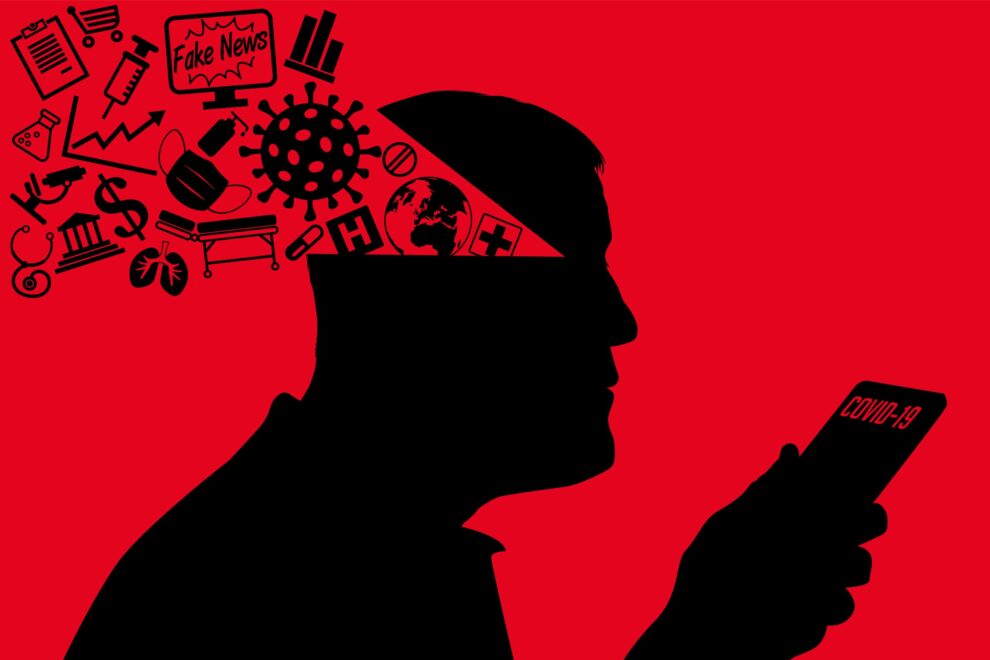In the digital age, social media has become our town square, newsstand, and soapbox all rolled into one. But this convenience comes at a cost. Misinformation, the spread of false or misleading information, is running rampant on these platforms, posing a serious threat to our understanding of the world and eroding public trust.
The Misinformation Monster Unmasked
Misinformation is not new, but social media has turbocharged its reach and impact. With the ability to share information instantly and widely, false narratives can go viral before the truth has a chance to catch up. This is fueled by algorithms that prioritize engagement, often amplifying sensational or controversial content, regardless of its accuracy.
The consequences of this misinformation epidemic are far-reaching. It can distort public perception, influence elections, undermine public health initiatives, and even incite violence. The COVID-19 pandemic has been a stark example, with misinformation about the virus and vaccines leading to vaccine hesitancy and hindering efforts to control the spread of the disease.
The Challenges of Taming the Beast
Tackling misinformation on social media is a complex challenge. It involves balancing freedom of speech with the need to protect the public from harm. Social media companies have taken some steps to address the issue, such as fact-checking programs and labeling misleading content. However, these efforts have been criticized as insufficient and inconsistent.
One major obstacle is the sheer volume of information on these platforms. It’s simply impossible for human moderators to review every post. Artificial intelligence (AI) can help, but it’s still in its early stages and can struggle to distinguish between fact and fiction in nuanced or complex cases.
Another challenge is the deeply ingrained human biases that make us susceptible to misinformation. We tend to believe information that confirms our existing beliefs and share it with others, even if it’s false. This creates echo chambers where misinformation can flourish.
The Way Forward: A Multi-Pronged Approach
There is no easy fix for the misinformation problem, but experts suggest a multi-pronged approach is needed.
- Media Literacy: Educating people about how to critically evaluate information online is crucial. This includes teaching them to recognize the signs of misinformation, such as sensational headlines, lack of sources, and emotional appeals.
- Platform Accountability: Social media companies need to take more responsibility for the content on their platforms. This could involve stricter moderation policies, more transparent algorithms, and greater collaboration with fact-checkers and researchers.
- Regulation: Governments may need to step in with regulations to address the most egregious cases of misinformation, particularly those that pose a threat to public safety or democracy.
- Research: More research is needed to understand how misinformation spreads and how to effectively counter it. This could involve studying the psychological factors that make people susceptible to misinformation and developing new tools and techniques to combat it.
The fight against misinformation on social media is a battle for the hearts and minds of the public. It’s a battle we can’t afford to lose.








